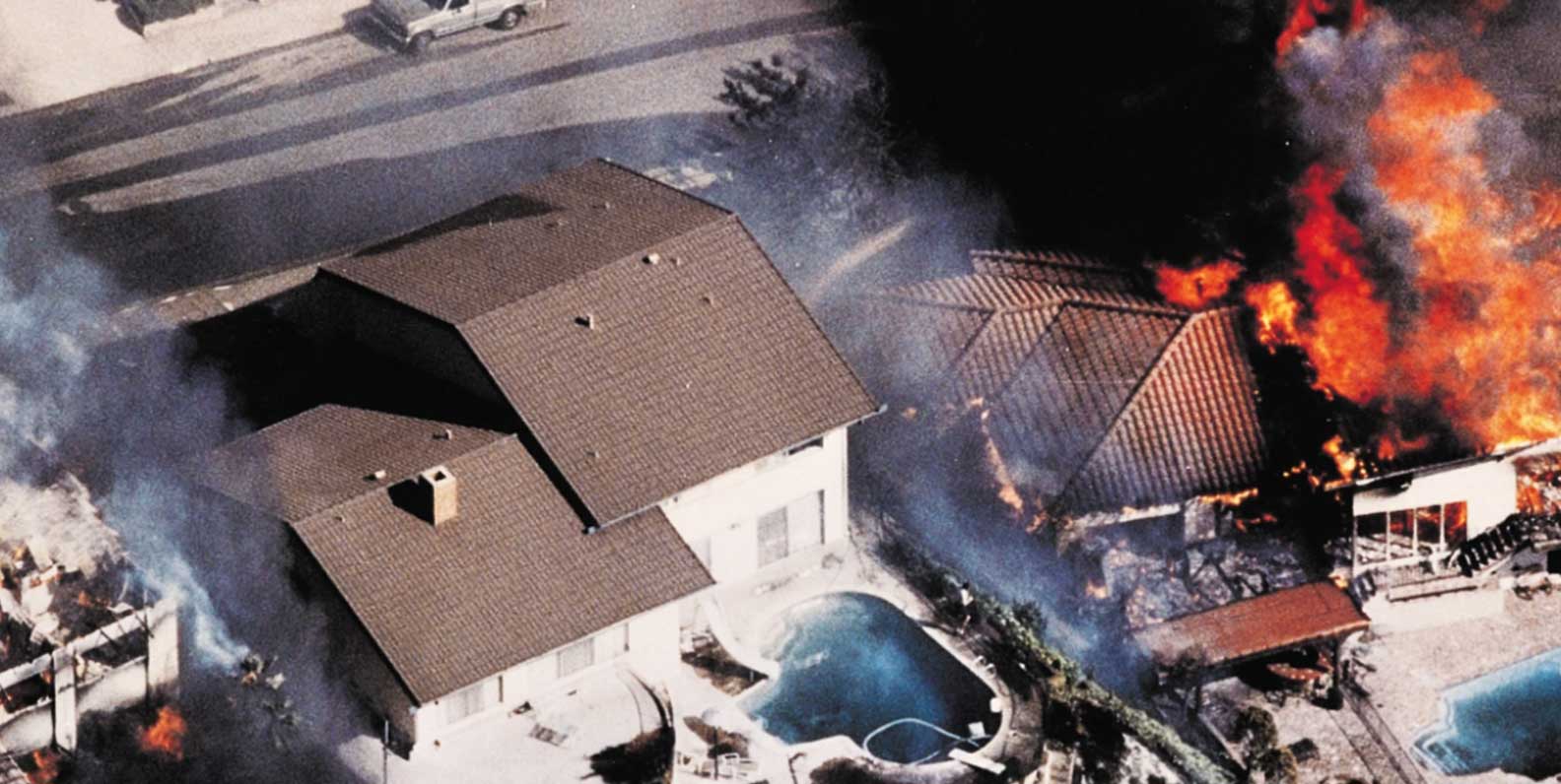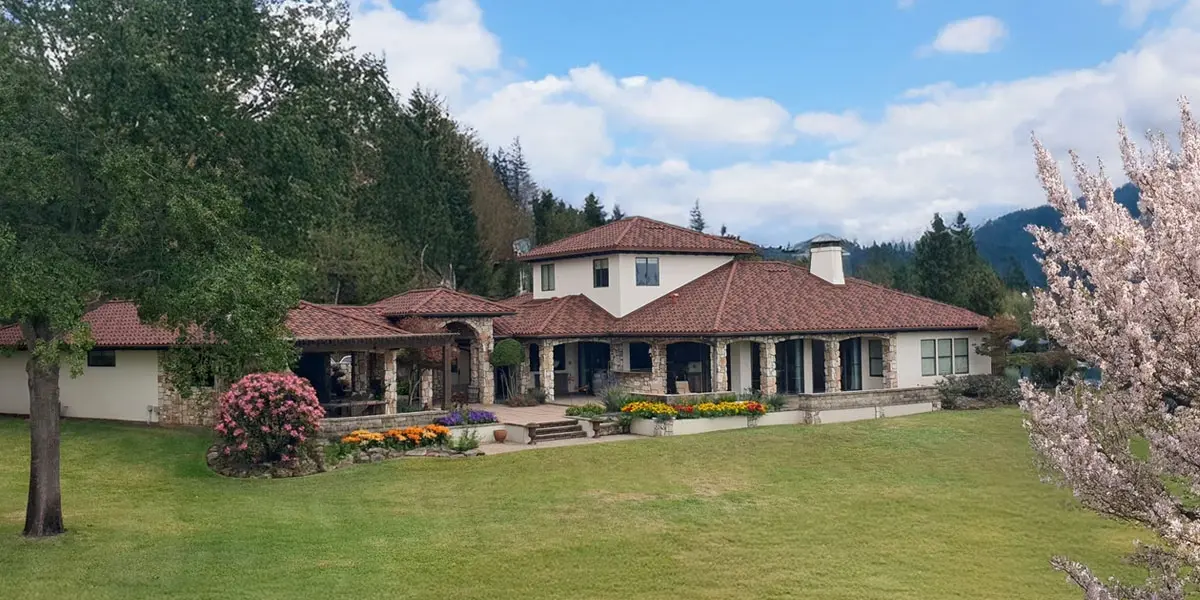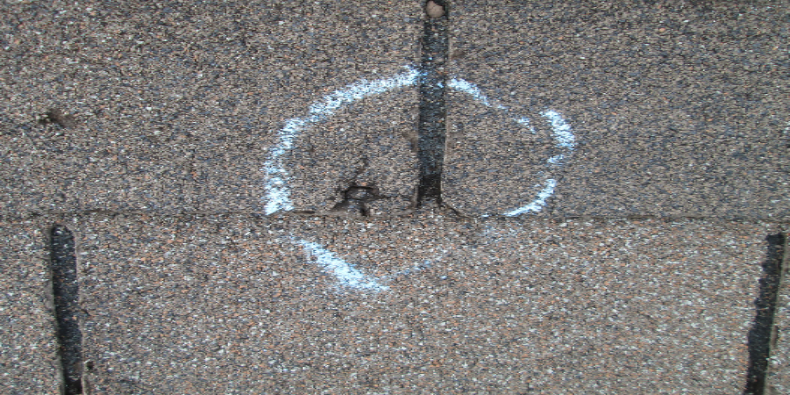It’s no secret that wildfires have grown in number, size, speed, and frequency over the last five years.
- In 2021, California experienced its second-largest forest fire, the Dixie Fire, which burned nearly 1,000,000 acres.
- Even an island paradise surrounded by water is not immune from forest fires, as evidenced by the Lahaina Maui fires last August.
- 2023 was also Canada's worst fire season on record, with 529 fires burning in areas that are usually considered safe from fire.
Ivan O’Neill, co-founder of Madronus Wildfire Defense and NFPA Certified Wildfire Mitigation Specialist, warns that “many people think of wildfires as a western U.S. problem, but we’re already seeing wildfires become larger and more frequent in the Southeast and upper Midwest, which is just the beginning of what will happen over the next 10 years. We see fire-resistant roofs being a required feature for new and old homes, and it’s important that homeowners begin planning for the new normal now.”
Since the roof is one of the first lines of defense against fire, it's essential to familiarize yourself with the features and qualities that define a fire-resistant roof, including:
- What to look for in a fire-resistant roofing material.
- Non-combustible vs. combustible roofing materials.
- Fire-resistant roofing material vs. fire-resistant roofing assembly.
- Fire prevention tips to protect your home.
What to Look for in a Fire-Resistant Roof
Conducted by Underwriters Laboratories (UL), a not-for-profit organization that tests and certifies building materials, the UL790 (ASTM E 108) test is considered the national standard for how well a roofing material can perform against fire.
The testing evaluates the effectiveness of a roofing material against severe, moderate, or light fire exposure, respectively.
- Class A roofing materials have proven effective against the most severe fire testing. As a stand-alone roofing product, they provide the best protection against flame penetration and surface flame spread without chemical treatments or additional underlying roofing materials. Class A roofing materials can also withstand direct flame exposure without catching on fire.
- Class B roofing materials provide a moderate fire-resistance rating. Some roofing material manufacturers infuse their products with fire-retardant chemicals to meet this standard. While they offer better protection than Class C products, they can ignite when exposed to extreme heat over a prolonged period.
- Class C roofing materials have proven effective against light fire exposure only. While these roofing materials won’t easily catch on fire, they could eventually ignite.
- Unrated roofing materials could not meet the minimum requirements per the UL790 (ASTM E 108) testing standards.
If you’re looking for the best roof for fire resistance, choose a Class A roofing material.
Non-Combustible vs. Combustible Roofing Materials
While a Class A fire rating indicates excellent fire resistance, non-combustible materials offer an additional layer of safety by minimizing the risk of ignition and fire spread.
Non-combustible roofing materials, such as metal roofing, inherently resist ignition and do not contribute to the spread of fire, providing superior protection.
In contrast, combustible roofing materials can catch fire and spread flames, even if they achieve a Class A rating through treatments or specific assemblies.
For example, many asphalt shingle roofing products have a Class A fire rating. However, asphalt is a petroleum-based product, and petroleum is highly flammable.
To achieve a Class A fire rating, asphalt shingles are typically coated with fine granules to provide surface-level fire resistance. If flames come in contact with the underlying asphalt through cracks, rips, or missing shingles, it’s more likely to catch fire than a non-combustible roofing material.
The difference between non-combustible and combustible roofing materials is becoming increasingly important to insurance carriers.
Christen Losey-Gregg, CPRIA and member of the Private Risk Management Association stated that “non-combustible materials are absolutely a point of consideration when it comes to the evaluation of whether or not an insurance company will consider insuring a risk they are underwriting. With each fire season, it becomes increasingly more difficult to procure favorable coverage and deductibles for these risks.”
Fire-Resistant Roofing Material vs. Fire-Resistant Roofing Assembly
It’s important to understand that roofing materials are part of the entire roofing system, known as the roofing assembly. The roofing system includes the roof covering (a.k.a. roofing materials), underlayment, insulation, and roof deck.
To achieve a Class A rating for the roof assembly, the complete roofing system is tested as a whole and must meet specific fire resistance standards, including:
- Roof Covering: The outermost layer, which can be made of Class A materials like clay tiles, concrete tiles, or metal roofing.
- Underlayment: A critical layer that provides additional fire resistance. High-quality, fire-resistant underlayments are essential for achieving a Class A rating for the entire assembly.
- Roof Deck: The structural surface to which the roofing materials are applied. It can be made of plywood, OSB, or metal and may be treated for fire resistance.
- Insulation: Materials used to reduce heat transfer and improve energy efficiency can also contribute to the fire resistance of the roof assembly.
- Flashing and Ventilation: Properly installed flashing and fire-resistant vents help prevent fire from entering the roof assembly through gaps and joints.
Here’s a quick recap about fire ratings:
The roofing material rating ensures that the roofing material itself is capable of withstanding severe fire exposure. Non-combustible roofing materials offer an additional layer of fire resistance.
The roofing assembly rating ensures that the entire roofing system, including the roofing material, provides comprehensive fire protection.
Fire Prevention Tips to Protect Your Home
 In addition to having a non-combustible Class A-rated roofing material and roof assembly, it’s important to take preventative steps to protect your home from fire.
In addition to having a non-combustible Class A-rated roofing material and roof assembly, it’s important to take preventative steps to protect your home from fire.
For instance, non-combustible clay tile roofs are highly fire-resistant.
However, the space underneath the tile's curved shape provides the ideal environment for birds, insects, nests, and dry leaves.
When debris accumulates in the voids and gaps beneath the tiles, it can create tiny stockpiles of kindling for flying embers.
This is why it’s important to clean and inspect your roof regularly.
Be sure to remove any leaves, bird nests, or debris from your roof and gutter system.
Hardy Selo of Property Guru adds that “homeowners in fire-prone regions can benefit from securing vent openings with protective screens and closures to prevent burning debris or embers from entering the home.”
Don’t forget to inspect your chimney as well.
Creosote, a by-product created when the fireplace is used, accumulates in the chimney of frequently used fireplaces. Because creosote is highly flammable, it’s important to have your chimney cleaned (especially if you use your fireplace regularly).
Check the electrical wiring in your attic.
Electrical wiring is one of the top three causes of attic fires. If you experience flickering lights, electrical plugs, or switches that work intermittently, you may have faulty wiring that can create sparks in the attic that quickly turn to flames. These scenarios are especially prevalent in older homes and wiring systems. If you suspect any issue with the electrical wiring in your attic, contact an electrician immediately.
Protect Your Home from Fire with DECRA Metal Roofing
Metal roofing is considered one of the best options for protecting your home against fire damage. All DECRA Metal Roofing products are made from non-combustible stone-coated steel and have the highest Class A rating for fire.
Additionally, the protective interlocking panel system of DECRA stone-coated metal roofs dramatically reduces the risk of the roof deck and framing igniting from flying embers and flame spread.
Since 1957, DECRA Metal Roofing products have withstood the elements in some of the harshest climates worldwide. Our stone-coated metal roofs have the industry's best Class A fire rating and come standard with a transferable and comprehensive Lifetime Limited Warranty.
Ready to see and feel the DECRA difference? Order a complimentary sample today.
Editor’s note: This post was originally published in 2020 and has been updated with current information.






